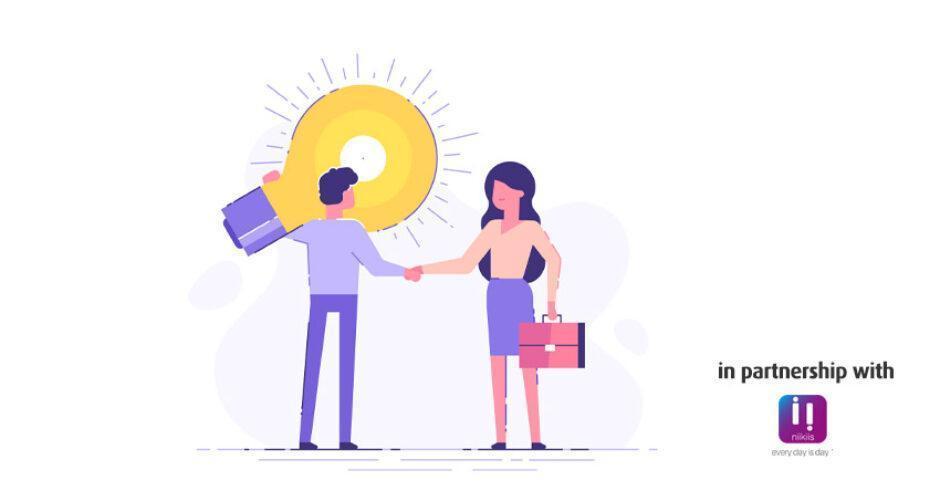How Long Should Onboarding Last?
Ask any HR professional and they will much likely not only tell you that onboarding is crucial and should last a few weeks, but also that you should add a preboarding stage to every onboarding program. However, how many HR professionals care about what happens next? Contrary to what one might think, onboarding is a journey that never ends. Moreover, integrating the concept of lifelong onboarding to your company can be key to create successful onboarding programs that decrease time-to-productivity and allow you to save time and money on repetitive non-priority tasks.
Many companies don’t put much effort into following-up new hires’ integration after their initial start of 3 to 6 months. After this period, onboarding usually finishes, and new employees are left alone with no company guidance. niikiis founder Carlos Hornstein believes employees must be continuously taken care of to make sure they stay “as enthusiastic as they are on their first day at work.”
Nowadays, there is a growing need to upskill and reskill employees to maximize their success in the workplace, so their onboarding journeys need to be an ongoing process. One good example of it is crossboarding, that is, people who change roles within a company and need specific training to feel fully prepared and comfortable in their new position. When companies adopt the concept of lifelong onboarding in their organizations, they are continuously working on their employees’ motivation and engagement levels so that these continue to be as high as they were on the starting day.
The Importance of Communication
But how can HR transition from a finite onboarding process into an ongoing one? The transition into a lifelong onboarding seems to be a crucial change, especially taking into account that 47% of companies measure onboarding success analyzing how many new-hires stayed for more than a year. By implementing an ongoing onboarding program companies can increase their employee retention rates.
Communication is the basis for employee retention. Sending new hires all the information they need might not be the most suitable way of creating successful onboarding programs. Companies should also make sure their new employees understand everything they receive. This is where regular check-ins can be of great help for companies to know if the integration of their new employees is going smoothly and if they feel comfortable in their new positions and workplace.
It is not by chance that the role of the Chief Happiness Officer, a recent new job position, got very trendy in the last few years. Currently, there are over 1,500 Chief Happiness Officers listed on LinkedIn. The reason why? About 56% of employees don’t feel valued by their employer: when companies can address this issue having somebody, whose job is to connect with these people, they can significantly decrease their high turnover rates.
Providing continuous feedback is also key to good communication since employees feel more valued by companies that listen to them and consider their opinions. Besides, regular one-to-one performance evaluations help companies provide helpful guidance, whereas strategies such as launching a ‘reward and recognition’ program (e.g. “employee of the month”) highlight top performers and sending ‘shout-out’ messages praise work well done, accordingly. Empowering staff members to make suggestions about the business and how it’s being run by providing them a specific platform to do so, or sending them surveys in which they can provide valuable opinions can also be extremely rewarding both for companies and employees.
Do not forget the check-ins
Managers responsible for individual staff members should check-in with them regularly (at least once a month) and ask them questions to empower employees to control their own learning with questions of the kind: How successful have you been since we last spoke? What is your primary focus this month? What do you need to achieve that, and how can I help?
By empowering the workforce to make this type of decision and embracing transparency, companies can boost employee engagement and, consequently, increase their productivity. One Gallup report states that Millennials who attended regular meetings of the kind are more than twice as likely to be engaged at work!
What about you? Is your company already onboarding employees in the long run? niikiis is the all-in-one onboarding platform that makes lifelong onboarding a smooth ongoing experience. Learn more niikiis here and find out more about how it can help HR teams save time and money on their onboarding programs.
The Business Transformation Network have shared this article in partnership with niikiis.



